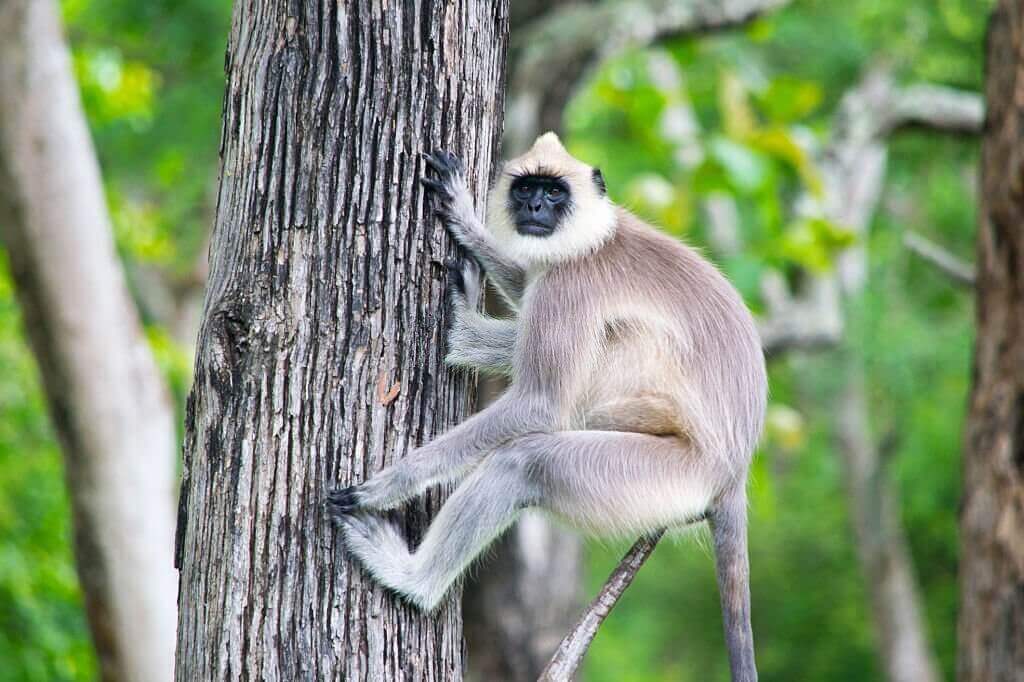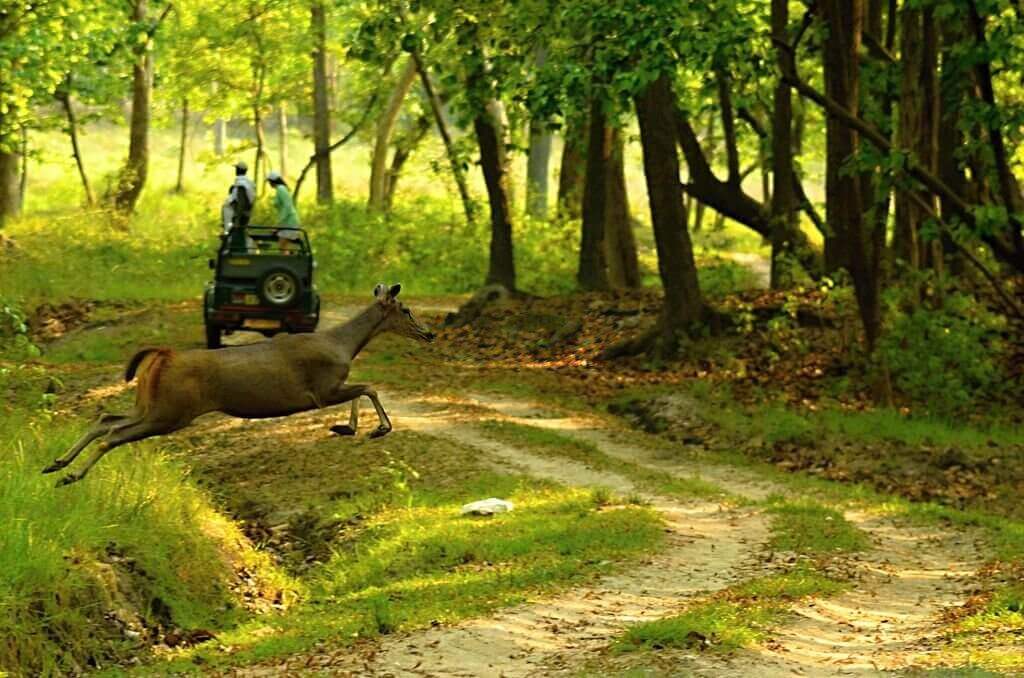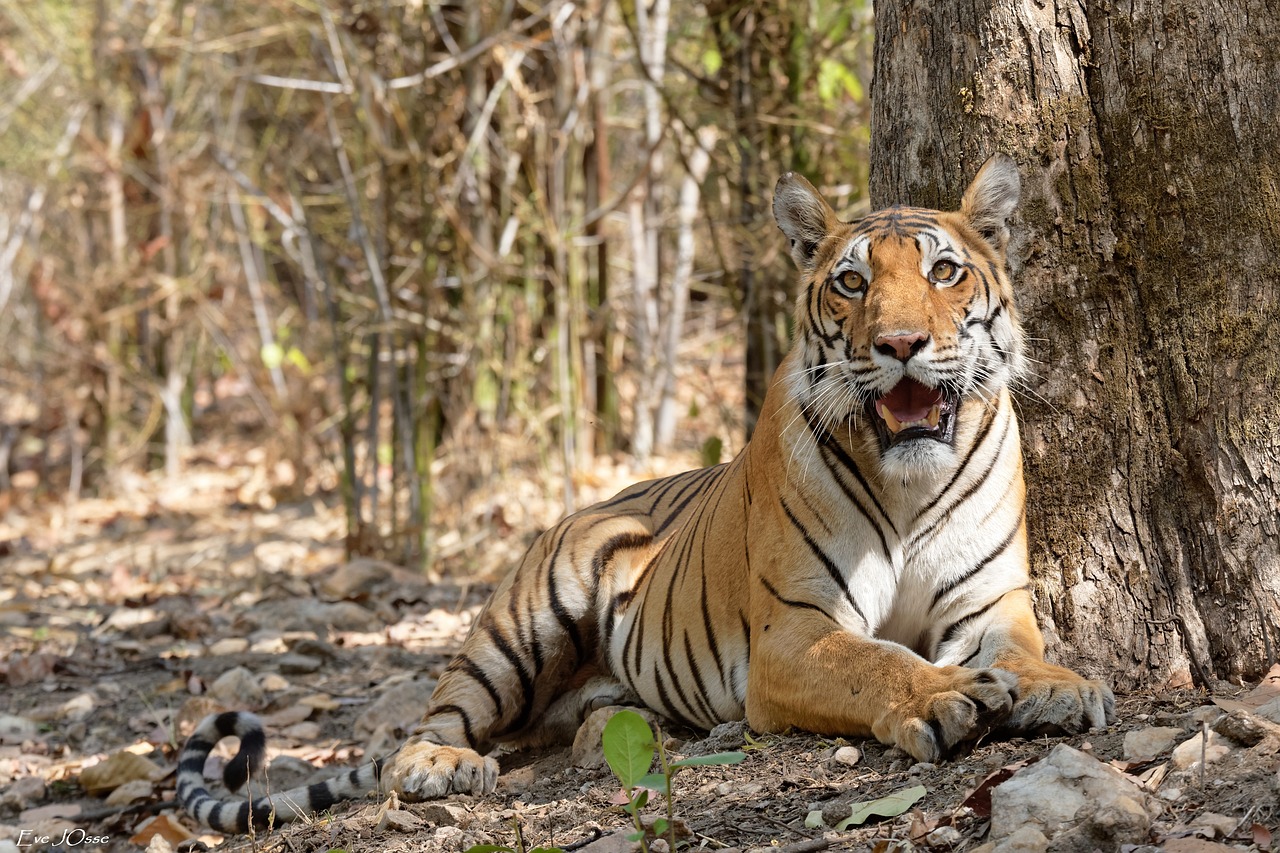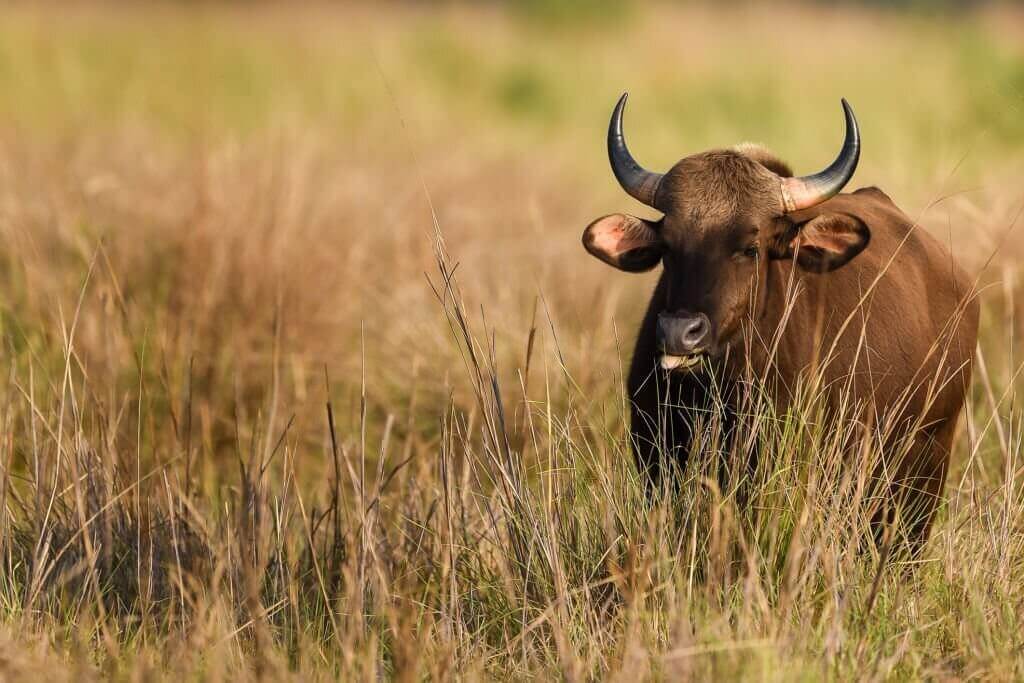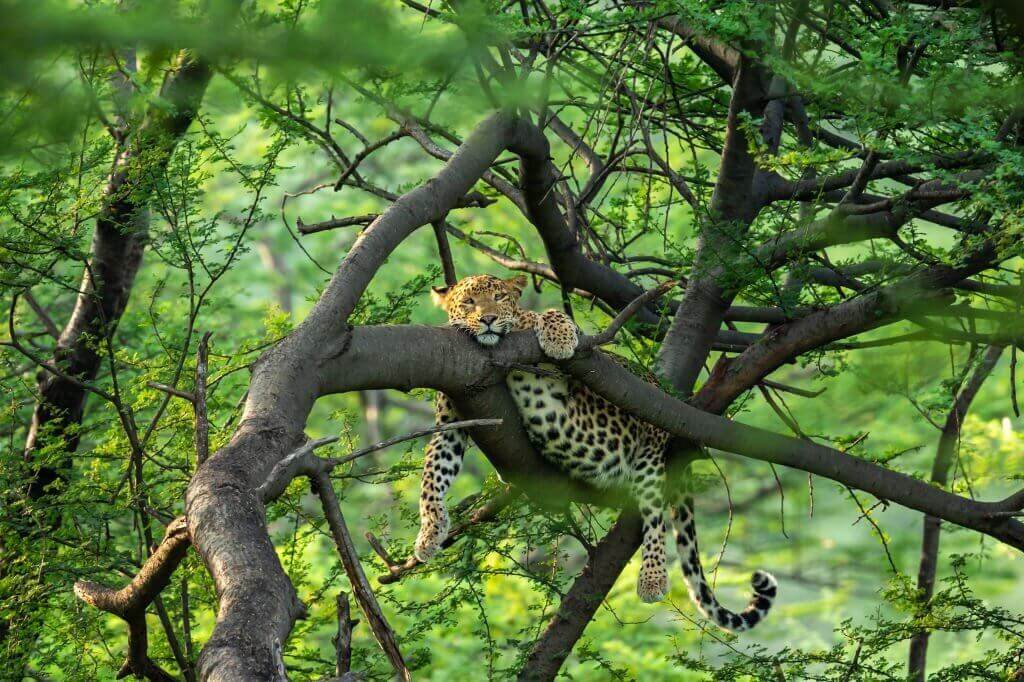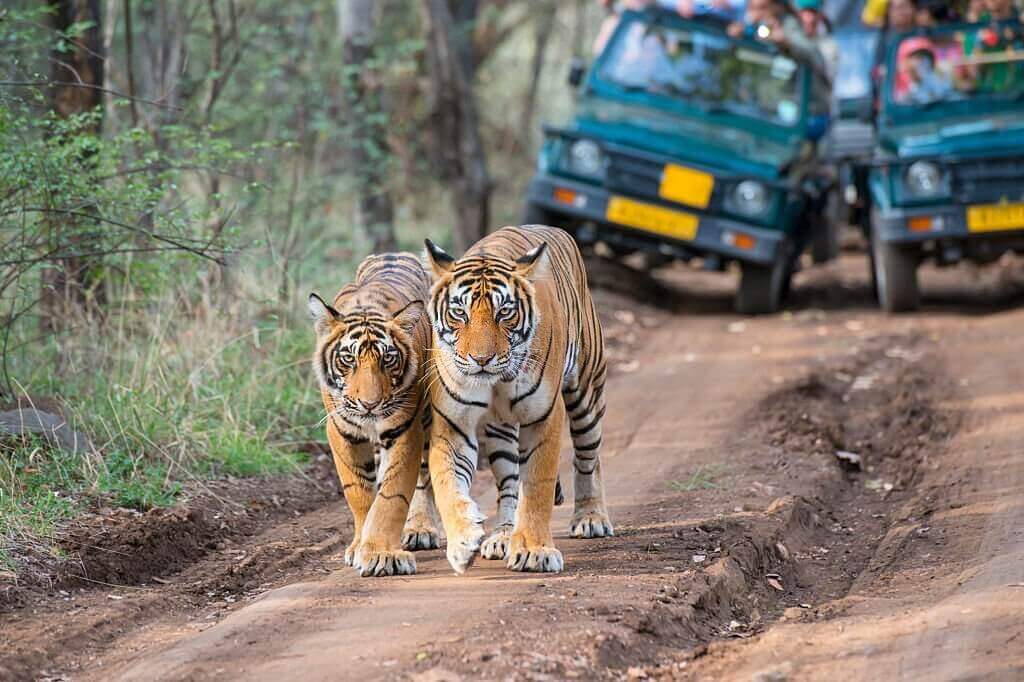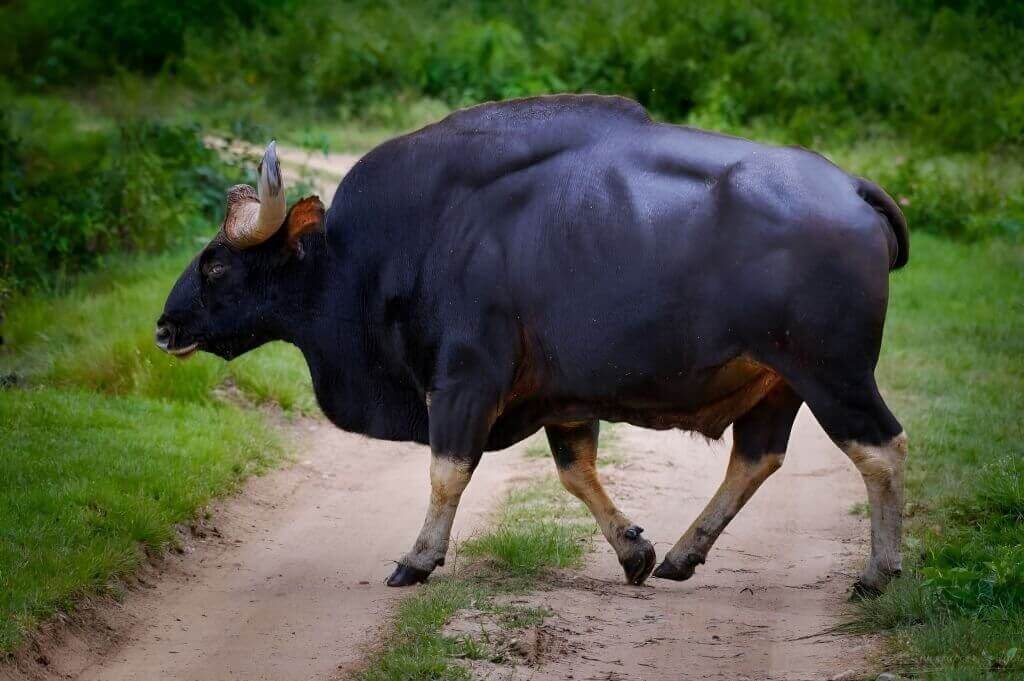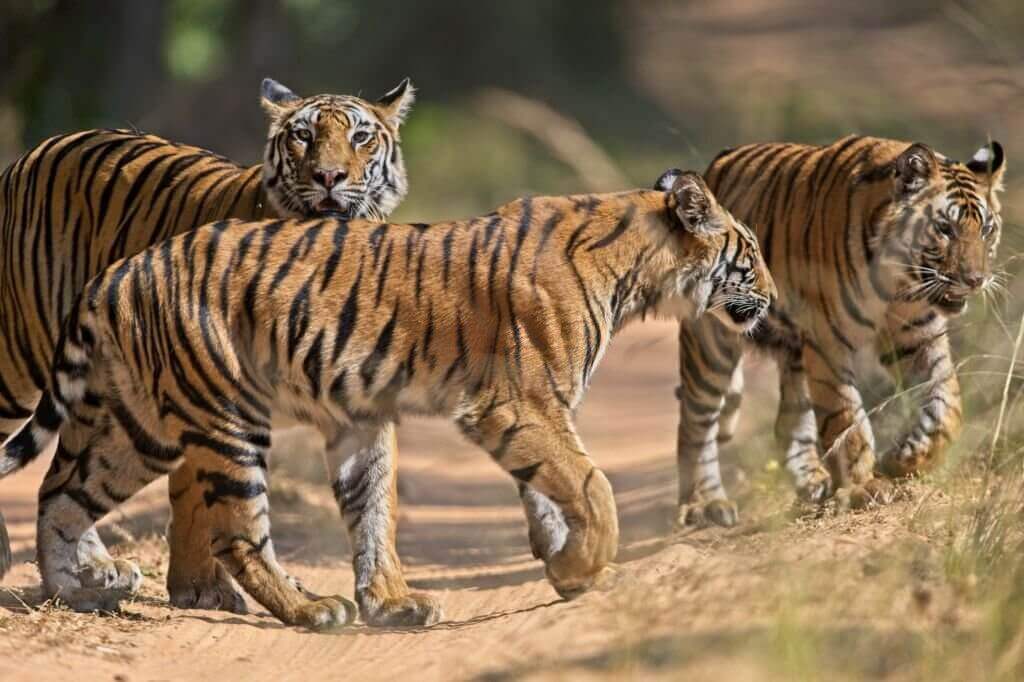
03 minutes read
Bandhavgarh National Park
Bandhavgarh National Park which is situated on a hillock of the Vindhya Range in Umaria. As per the ancient books, Shiv Purana and Narad Panch Ratna, the wrecked fort was being rebuilt by two monkeys who made a bridge between Lanka and the mainland. The Bandhavgarh fort is written with much convincing evidence of human activity and architectural techniques. You can see several man-made caves with inscriptions and rock paintings at the fort as well. Until the shifting of capital to Rewa in 1617 A.D., the local rulers were based in the Bandhavgarh Fort, which is located atop the Bandhavgarh hill in the middle of the Bandhavgarh National Park. Bandhavgarh gradually became desolate once the capital was moved to Rewa, and as the forest took over, it was used as a royal hunting reserve. While doing so helped to protect the forests and the indigenous fauna of India, each of the maharajas set out to kill 109 tigers because they believed it to be lucky. By 1914, Maharaja Venkat Raman Singh had killed 111 tigers. The devastation of the forests as a result of inadequate regulation severely affected Maharaja Martand Singh of Rewa. In 1968, a 105 sq km area was first designated as a national park based on his suggestion. After the park was established, poaching was controlled. To address the water shortage, small dams were also built, providing refuge and relief for the animals and the local cattle were forbidden from grazing. The Indian wildlife population rose significantly as a result. The number of tigers began to rise as well. The park's size was enlarged to 448 sq km in 1982 to accommodate the growing population of tigers and other types of Indian wildlife. Bandhavgarh was included in 1993 as Project Tiger expanded its sphere of influence, and the territory was later expanded to encompass a core area of 694 sq km and a buffer area of 437 sq km.
History
The devastation of the forests as a result of inadequate regulation severely affected Maharaja Martand Singh of Rewa. In 1968, a 105 sq km area was first designated as a national park based on his suggestion. After the park was established, poaching was controlled. To address the water shortage, small dams were also built, providing refuge and relief for the animals and the local cattle were forbidden from grazing. The Indian wildlife population rose significantly as a result. The number of tigers began to rise as well.
Best time to visit
Every year Bandhavgarh National Park is open for visitors from the 15th of October to till 30th of June. As per the climate of Central part of India, the peak season for Bandhavgarh National Park is during winters which is October to March.
Most of the tourists visit the park between November and March, mainly because the summer’s heat is unbearable. The period between November and February is excellent for visiting Bandhavgarh national park as the rain fall during monsoon rejuvenated all the nature & vegetation.
During the time period from March to May most of the vegetation at Bandhavgarh National Park gets dried & Tiger Sighting is relatively easier than it is in winters.
How to reach
The nearest airport is situated at Jabalpur, which is 130-kms from Bandhavgarh (3 Hrs).
Nearest railway station is Umaria railway station, from there it is about 30 minutes drive to the park.
Traveling to Bandhavgarh by road is convenient as the destination is accessible from the nearby cities and towns like Umaria, Jabalpur, Katni and Khajuraho to reach Bandhavgarh National Park via SH 11, 22, and NH 43.
